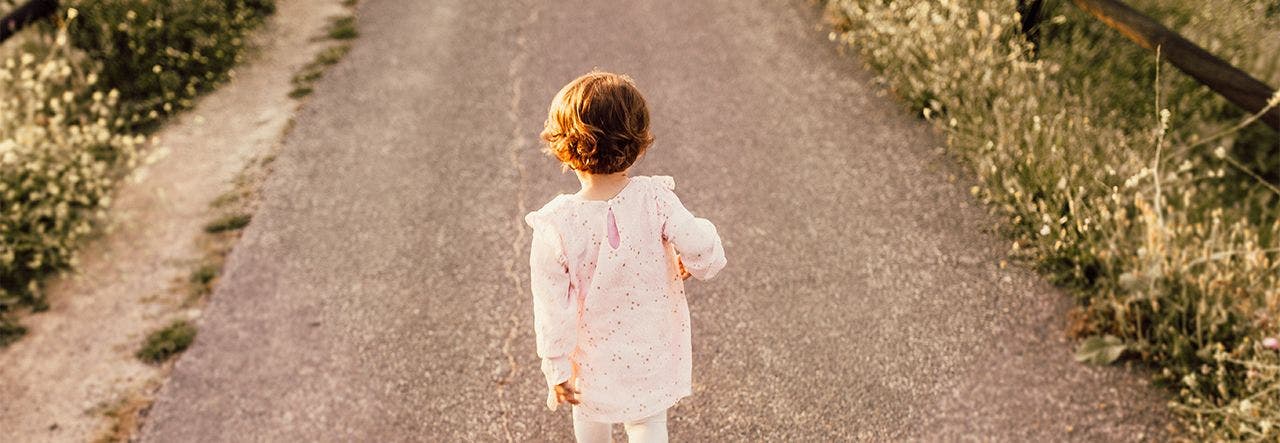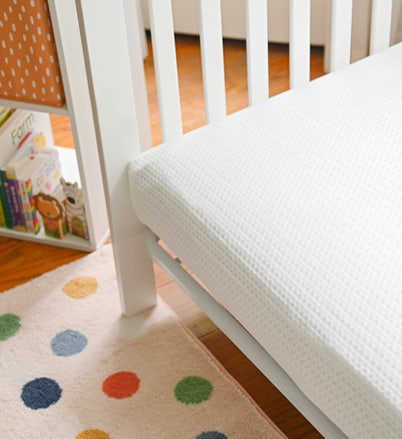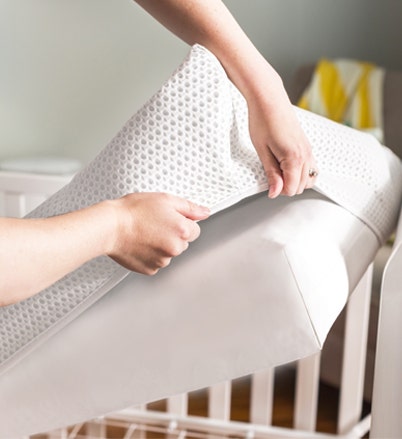Your Earth Day Guide to Non-toxic Living – Every Day
Earth Day is just around the corner. It's probably not a shocker, but this holiday means a lot to us here at Lullaby Earth – it’s in the name! Non-toxic baby products are essential for your little one's health. But did you know non-toxic living is essential to the planet’s health, too?
To celebrate one of the holidays that means the most to us, we’ve created a guide to help you better understand non-toxic living and just how much of an impact (a great one, that is!) it can have on our one precious planet.
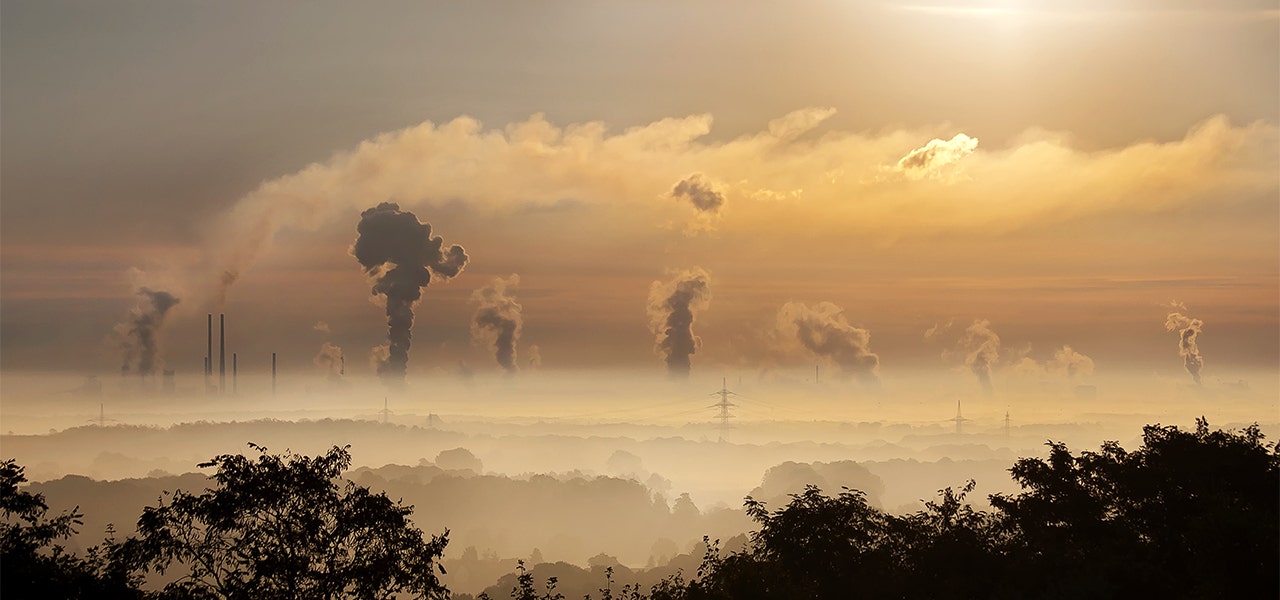

What Is Non-toxic Living?
Typing “non-toxic living” into a search engine can lead to overwhelming results – there’s so much to learn! Here are the basics you need to know.
In a general sense, non-toxic living is the absence of harmful chemicals in your home and body – it’s really that simple! But getting a handle on where these chemicals actually come from is far more challenging. Unfortunately, most of the products we use on a daily basis contain some sort of questionable chemical. BPAs in plastic, GMOs in our food, artificial fragrances and dyes … oh my!
In 2023, it’s not possible to lead a life without being exposed to any toxic chemicals. However, by reducing the toxins inside your home, you live with fewer health risks, while also treating the planet in a kinder way.
With that being said, let’s talk about just how much these chemicals can affect the Earth.
How Harmful Chemicals Affect the Earth
The Environmental Protection Agency (EPA) provides copious amounts of information on just how harmful toxic chemicals are to our Earth. Most of the chemical emissions that come from pesticides and chemical manufacturing end up in our environment. Unfortunately, this means that our ecosystems – plants, animals and even the air we breathe – suffer from these chemicals.
This affects the bigger picture, too. Emissions of volatile organic compounds (VOCs) can trap heat within the atmosphere, increasing global temperatures. Additionally, toxic chemicals containing gaseous chlorine and bromine destroy ozone molecules when released into the atmosphere, leading to ozone depletion. If this all sounds scary, that’s because it is.
Luckily, there are ways for all of us to make an impact and protect our planet from the harmful effects of toxic chemicals. That’s what non-toxic living is all about!
Tips on Avoiding Toxic Chemicals When Shopping
Shopping can be anxiety provoking … without adding in the challenge of avoiding toxic chemicals. But, when you know what non-toxic products to shop for and how to find them, shopping trips become a lot easier.
Start Small
The first step in switching to non-toxic living is to look around your home and recognize where the toxic chemicals live. Most air fresheners, cleaning products, cosmetic items and even furniture contain toxic chemicals. But replacing everything in your home is a colossal task (and expense!), so start small.
Cleaning products and cosmetics are a good place to begin. Cleaning products should be “clean,” after all. And, of course, you don’t want the products that you put directly on your skin to contain toxins. But, many conventional options contain nastiness like ammonia and formaldehyde … no thank you!
Once you tackle the small stuff, you can start taking on bigger projects like paint, furniture, clothing and even your mattress one by one. Rome wasn’t built in a day – don’t feel pressured to change everything at once.
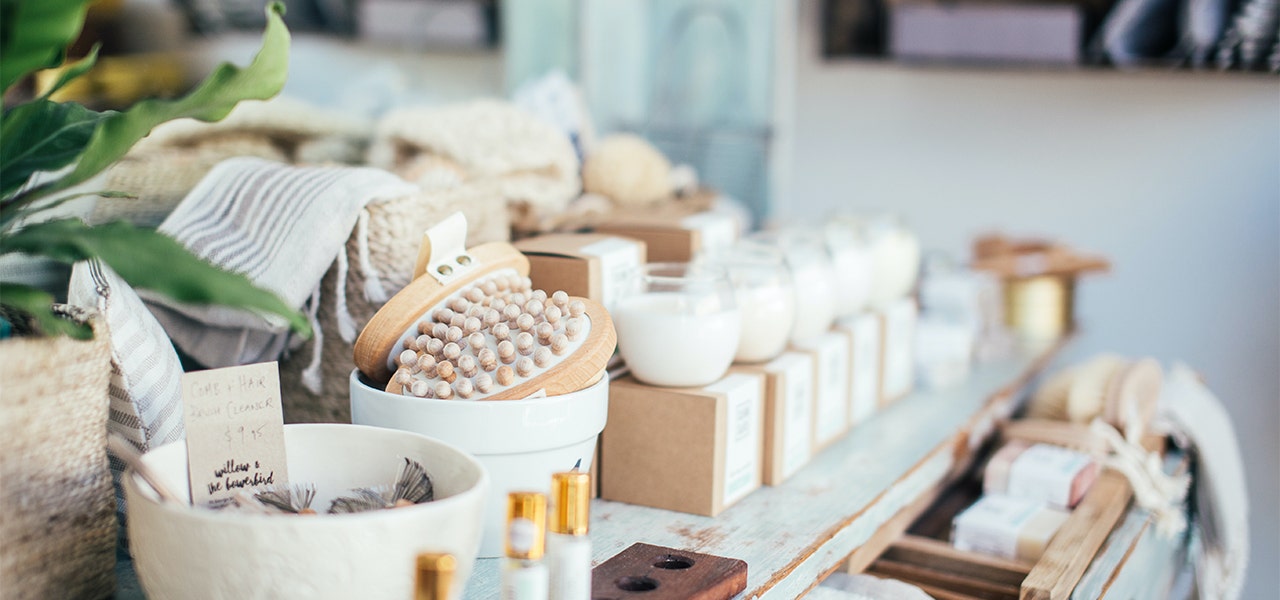

Know What to Look For
A huge part of knowing what to look for is knowing what to avoid. If you can’t pronounce a chemical on the ingredient label, do your research and find out what it is. Most non-toxic products will have details on their label about being safer and better for the Earth, which is helpful, but just be wary of false claims and greenwashing.
Besides ingredient lists, certifications are your best friend when shopping non-toxic. Trusted third-party certifiers like MADE SAFE® and GREENGUARD® Gold put products through extensive testing to ensure that they do not cause harm to human health and, beyond that, the planet’s health. If a product is backed by one of these certifications, you know that you can trust it. (Oh, and by the way, all Lullaby Earth products are certified to these standards!)
3 Main Culprits in Baby's Nursery
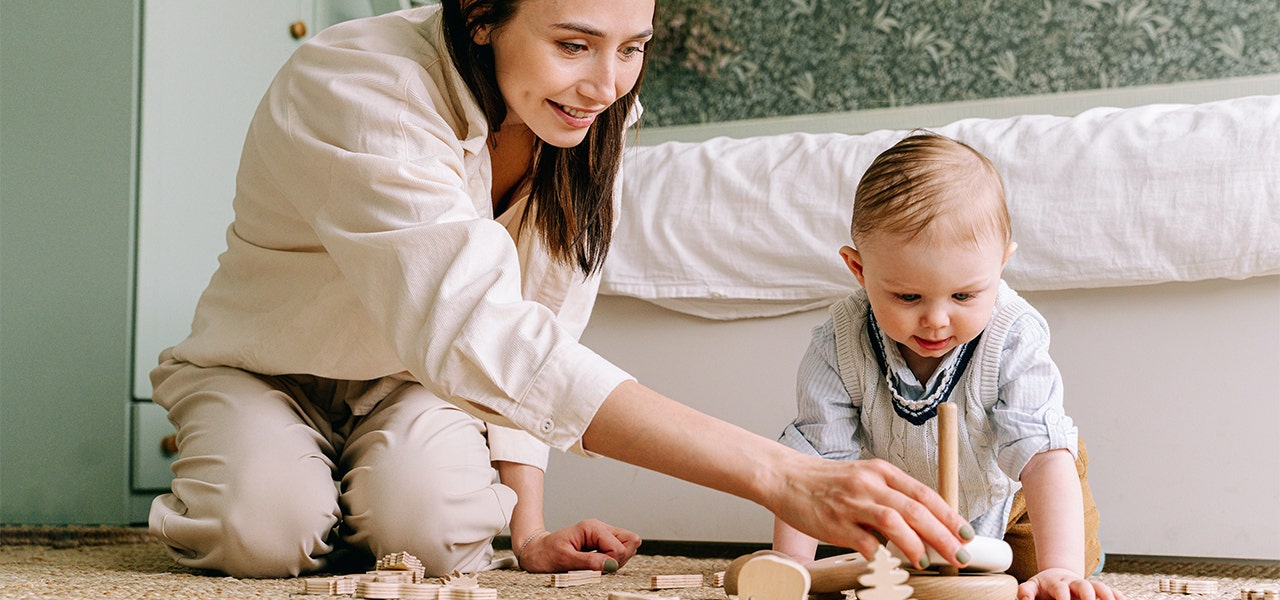

Baby’s nursery should be a safe, clean and, most importantly, non-toxic environment. However, there are so many chemicals in everyday materials that it can be extremely difficult to identify what to avoid. Here, we’ve outlined some really nasty chemicals, what they are and just how detrimental they can be to the Earth – and your little one, too!
1. PFAS: Forever Chemicals
Forever love for your baby? Absolutely. But forever chemicals? Absolutely not! PFAS, or per- and polyfluoroalkyl substances, are used in furniture, clothing, adhesives, food packaging and more – like the waterproofing used in many crib mattresses.
They’re called forever chemicals because they never break down in the environment – they’re like the annoying neighbor that you can’t get rid of. This means that it’s super easy for PFAS to seep into soil and contaminate water sources. If these chemicals build up too much, it can greatly affect wildlife in bodies of water and surrounding these areas.
2. Vinyl/PVC
The production of vinyl/PVC in itself is detrimental to the environment. In order to create this material, large amounts of chlorine are needed, which requires tons of electricity. This means increased pollution, as well as harmful environments for factory workers – the air in these factories can be polluted with well-known carcinogens like vinyl chloride monomer and ethylene dichloride.
PVCs are stiff, so they require the use of phthalates to soften the material. Phthalates are – you guessed it! – yet another toxic chemical. This takes PVCs from bad to worse, which is scary when you consider it’s another common crib mattress material (never ours!).
The most horrible part about them? PVCs are almost never recycled. Even if they are, they can disrupt the recycling process of other materials and run the risk of introducing harmful additives where they wouldn’t be before. And if PVC is simply thrown away, it can spread toxic additives like dioxin to the soil and surrounding areas. It’s a no-win situation.
3. Flame Retardant Chemicals
Flame retardant chemicals are added to electronics, children’s products and furniture foam to prevent a fast-burn if these were to catch fire. However, these chemicals are associated with increased risks of cancer, developmental issues, reproductive harm and hormone disruption.
Flame retardant chemicals also off-gas and move into dust, food, water and the air we breathe. They can also build up in our ecosystems and even food chains of animals in affected areas.
Even more startling than this? Young children were shown to have the highest levels of flame retardant chemicals in their bodies – children have such frequent hand to mouth behavior that this is almost impossible to avoid. It’s extremely important to turn away from any harmful chemicals in your nursery, not only flame retardants, to protect your little one from toxic chemicals.
How do you eliminate the need for flame retardants? By using materials that don’t require them in the first place. At Lullaby Earth, our certified non-toxic crib mattresses and more easily pass all government flammability standards without the use of flame retardant chemicals. It can be done, and it SHOULD be done.
Making the switch to non-toxic living can be hard, but the first step is educating yourself about toxic chemicals and what detrimental effects they can have on the environment. And today, we did that together – we took the first step! For more tips, read our Ultimate Guide to Setting Up a Non-toxic Nursery.
Happy Earth Day,
The Lullaby Earth team

 Baby
Baby
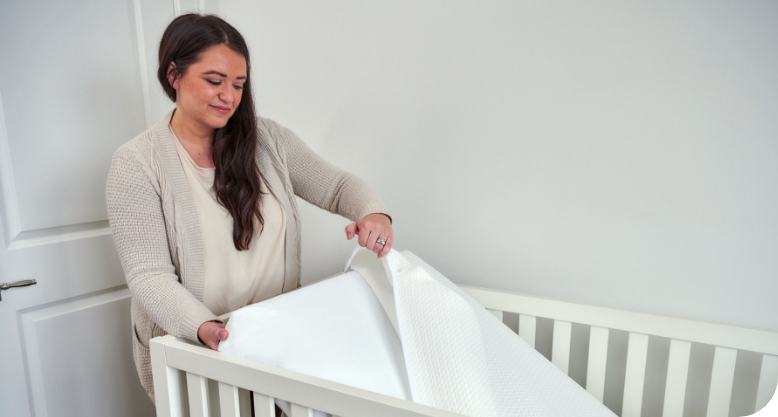
 Kids
Kids
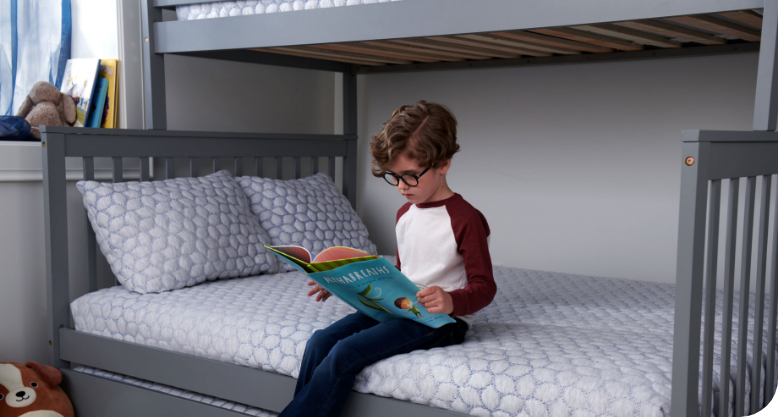
 Learn
Learn
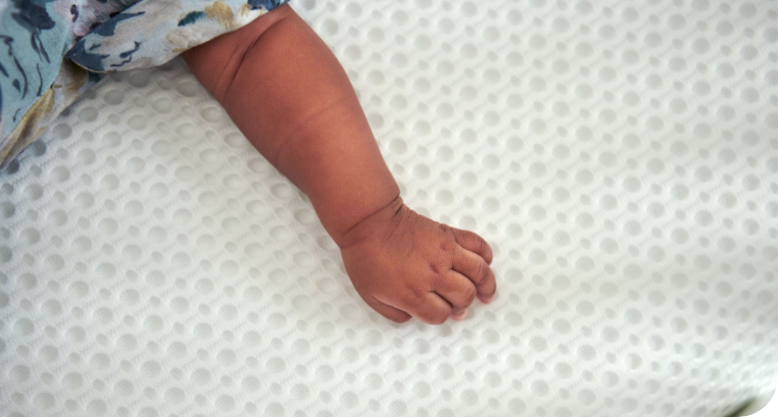
 FIND A STORE
FIND A STORE CONTACT
CONTACT